Me 163 kits and accessories
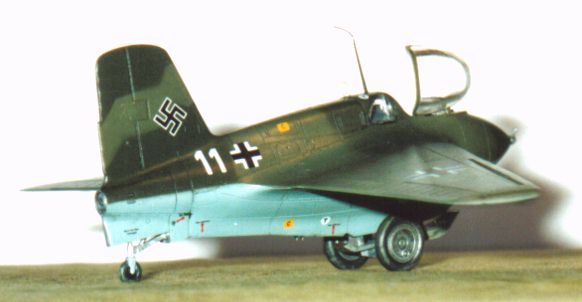

Michael O'Sullivan sent this report on his Academy Komet. Michael initially wanted to paint his model as 'White 11' with WNr 163100, like a profile drawing in Osprey's 'German Jet Aces of World War II'. But since a photo does not exist of this aircraft, and the WNr is bogus or at least incomplete, this drawing is not reliable. As a sidenote, the same aircraft is shown on the cover of the AJ Press Komet book, but now with a mottled tail instead of a splinter camouflage. I more or less talked Michael into building the mysteriously camouflaged 'White 11'. Over to Michael now:
Leutnant Hartmut Ryll flew ĎWhite 11í from Brandis near Leipzig in August 1944. In early August he claimed the first Me 163ís combat victory, a B-17 Flying Fortress. However on 16th August, Lt Ryll, while attacking another Flying Fortress from 91st Bomb Group, was himself shot down and killed by Lieutenant Colonel John B. Murphy and his wingman Lieutenant Cyril W. Jones Jr. of the 359th Fighter Group flying P-51 Mustangs.
Because of the dating of Lt. Ryll's flight, the late war colours RLM 81/82/83 are very likely to be inappropriate for this aircraft. I therefore decided to finish it in RLM 70/71/65. I used Aeromaster acrylics, now discontinued. I thought a bit about the light areas of the vertical fin, visible in the photographs of 'White 11'. Was the whole aircraft perhaps finished initially in RLM 02, and for some reason the greens hadnít been completed? Was it a damaged area that had been repainted in 02? Was it some other colour - as part of a unique scheme? At the end of the day I just didnít think that one patch on the fin would look right, and I hadnít a clue as to how a complete three-colour scheme would look. So I settled for a two-tone scheme, with the possible explanation that as the glare from the sun has actually reversed the tone of the aircraft in the photo (which looks light on top & dark underneath), that the light section on the fin could be a freak reflection.

An open tail wheel seems to be correct for earlier aircraft, so that's what I modelled. There are sufficient transfers with the Academy kit to make the aircraft's code number.
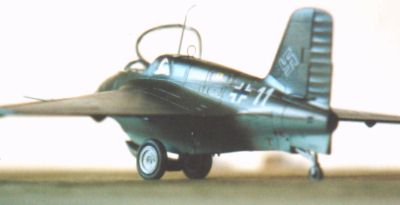
The lower side showing slight weathering behind the skid.
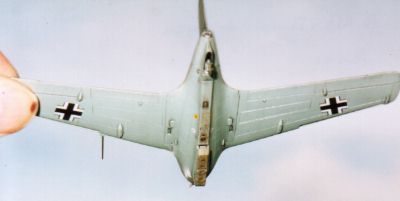
I decided to finish the Scheuschlepper in dull yellow, which seems to be the correct color for August 1944.
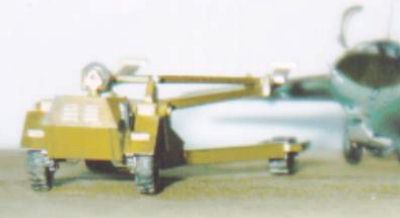
I had to start a new film part way through. The second film (both Kodak Ultra 400) has somehow turned the greens into browns! I havenít tried to correct this on the scanner because it perhaps serves to illustrate how difficult it must be to identify precise shades of colour from old wartime film. The photo below shows the cockpit detailing.
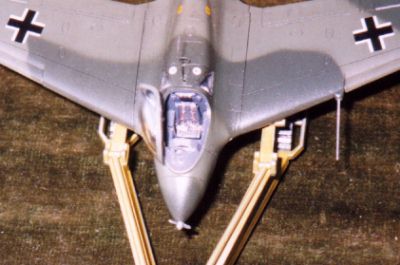
Concluding this report, a view of the (discolored) model on its Scheuch-Schlepper transporter.
